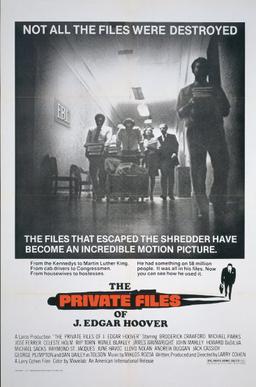The first season of Night Gallery came to a conclusion on January 20th, 1971. Though the first season was undoubtedly uneven, it did end on a high point. The first segment in the 6th episode, They’re Tearing Down Tim Riley’s Bar, is widely considered to be the best episode of Night Gallery and one of Rod Serling’s best teleplays. It also brought Night Gallery one of it’s few Emmy nominations when it was nominated for Outstanding Single Program of the year. (It lost to The Andersonville Trial, a theatrical adaptation that was produced for PBS.)
They’re Tearing Down Tim Riley’s Bar (dir by Don Taylor, written by Rod Serling)
They’re Tearing Down Tim Riley’s Bar tells the story of Randy Lane (William Windom). In 1945, Sgt. Randy Lane returned home from serving in World War II, a war hero who had a wonderful future ahead of him. He had just gotten married. He had just gotten a good job at an up-and-coming company called Pritzker Plastics. When he came home, the first place he went was Tim Riley’s Bar, where his father and the other bar patrons toasted him and told him to look forward to the future.
Twenty-five years later, the middle-aged Randy Lane is looking at his life and asking, “Is this as good as it gets?” He’s now a sales director at Pritzker Plastics but his boss (John Randolph) doesn’t appreciate him, his assistant (Bert Convy) is plotting to steal his job, and the only person who seems to care about him is his sympathetic secretary (Diane Baker). Randy’s wife died in 1952, while Randy was out of a sales call. Randy now lives alone. Even his neighborhood bar — Tim Riley’s Bar — has closed and been abandoned. With the bar schedule to be torn down, Randy wonder what happened to all of the promise and happiness of the past.
When Randy goes by the deserted bar and looks through the front window, he’s shocked to see all of his old friends and his father waving at him. But when Randy rushes into the bar to join them, he discovers the bar is deserted. Later, Randy is at work when suddenly, he sees Pritzker Plastics the way it was back in 1948. Even later, when he enters his house, he finds himself standing in a hospital hallway in 1952, once again getting the news that his wife has died.
In many ways, They’re Tearing Down Tim Riley’s Bar is an atypical Night Gallery segment. Though there are hints of the supernatural throughout the story, it’s hardly a work of horror. Instead, it’s a rather melancholy meditation on aging, disappointment, and regret. Is the past forever lost? Can things ever be as good as they once were? These are the questions that are raised in this well-directed and well-acted segment.
The Last Laurel (dir by Daryl Duke, written by Rod Serling)
Clocking in at 8 minutes, The Last Laurel is yet another segment about a bitter man (in this case, Jack Cassidy) who suspects that his wife (in the case, Martine Beswick) is cheating on him with his doctor (in this case, Martin E. Brooks) so he teaches himself a supernatural skill in order to get revenge. In this case, it involves astral projection. Not surprisingly, it ends with a twist that’s pretty much dependent on one of the characters doing something extremely stupid.
The Last Laurel is well-acted but predictable. It’s not bad but, especially when compared to something like They’re Tearing Down Tim Riley’s Bar, it feels rather insubstantial. It feels like filler.
The first season of Night Gallery came to an end with an excellent episode. Starting tomorrow — season 2!
Previous Night Gallery Reviews:




